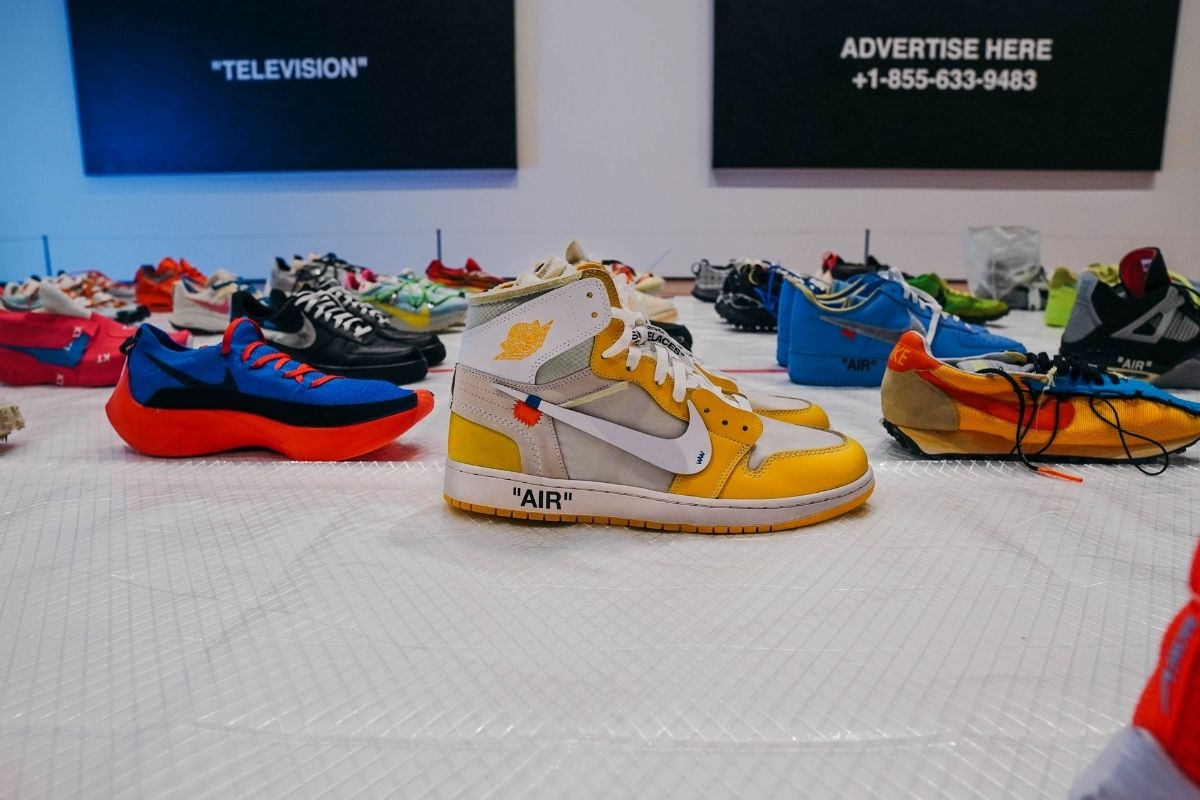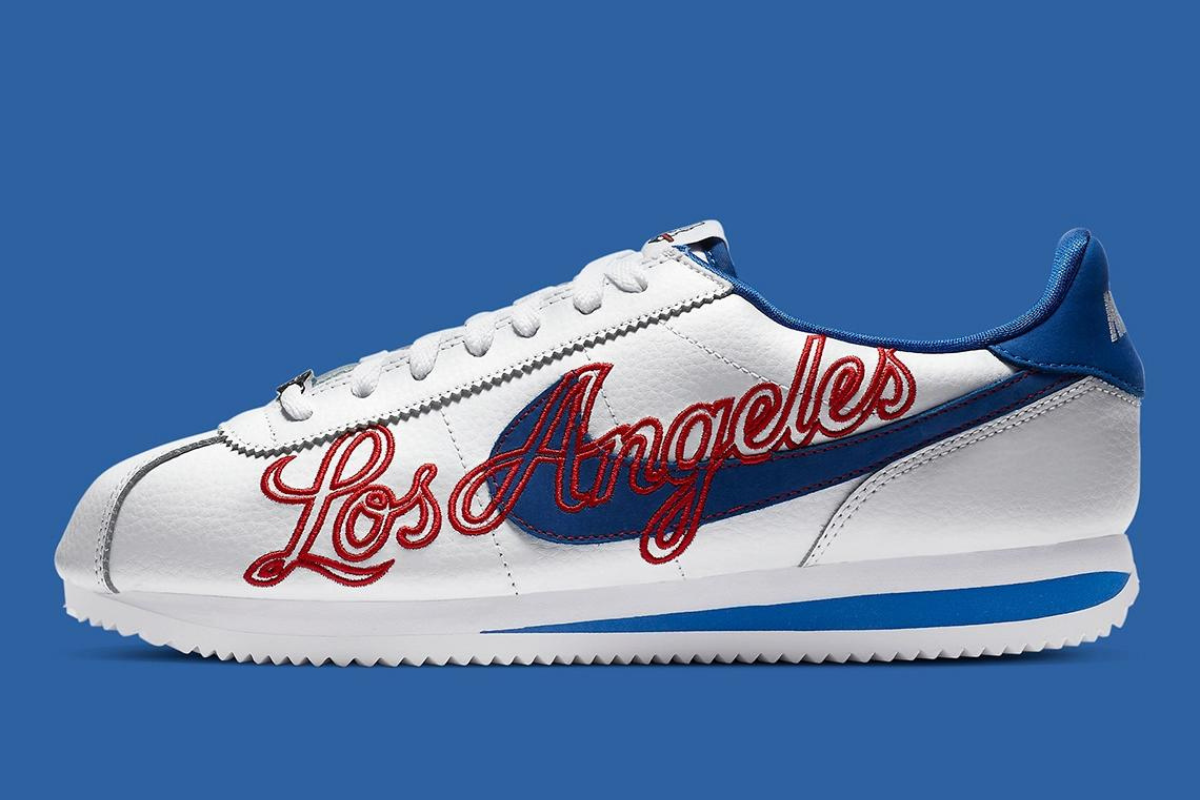Online Sneaker Education Explaining the Term Sneakerhead
For the record, I cannot stand the term “sneakerhead” because I feel like it defines someone as only being into sneakers. In addition, the term tends to draw direct associations to negative terms like crackheads. I prefer to use words like sneaker aficionado or sneaker lover instead of sneakerhead. Although I love sneakers, I have never been addicted to them. I have never put sneakers above and beyond everything else.
The term “sneakerhead” has been adopted by large companies and the mainstream media. It’s also often used by people who aren’t super passionate about sneakers to describe others who are. It’s an easy phrase to describe someone that is really into sneakers.
Sneakers Bring People Together
Sharing a love for sneakers is a great way to create a bond between people, but it’s not the only thing that matters. There are many other aspects outside of sneakers that draw people together. The sneakers may be the initial common bond that can put people in a room together, but their conversations and other interests keep the bonds alive.
The term “sneakerhead” is fitting as a quick and easy definition of someone that loves shoes, but it does not explain the full meaning of the word. It’s not an accurate description of what really takes place among the people in the sneaker community. There’s also camaraderie, friendship, and kinship. There are stories being exchanged between sneaker lovers of all kinds. There’s an entire culture.
I have sneakers in my closet from countries all over the world. These are from countries I’ve never even visited. They were sent to me by friends that live there. Friends that I made while they were visiting the States. We bonded over our love of sneakers. This is an example of the global phenomenon and kinship that the word sneakerhead doesn’t fully encompass.
Sneaker Industry
There are so many different ways to describe what a sneakerhead is. I can think of at least three or four versions.
First, there are the Hypebeast Sneakerheads. These are the sneaker lovers that are out to buy the latest in everything. And they are buying these things because of the hype or the influences. Many of the influences come from musical artists. They are buying the next Yeezys because Kanye is wearing them or Pumas because Pharell is wearing them. They choose the sneakers they buy based on association, not on the design of the shoe.
Then you have the OG sneakerheads. These are the true shoe-collecting sneakerheads. They are the people buying the Stan Smiths, the never-worn first-edition Air Jordans, and the ripped-up 80s Jordans used for playing pickup basketball back in the day. These are the sneakerheads that appreciate the history of the brands like Pony. They want to be a part of that big-city culture in places like New York or LA.
Next, there are sneakerheads like me. I’m more interested in the design aspect of sneakers. This is partly because I am a designer myself. There are different aspects and elements that go into the design of a sneaker. I want to know how they can evolve, I want to know how to keep them relevant, and I want to know how to put new technology into them.
Finally, you have the new-age sneakerheads. These are the people that initiate the influences that shoes have on buyers. These are the kids that basically create the trends for everything. They are essentially hypebeasts without even realizing it.
Sneaker Culture
Ultimately, I think that a sneakerhead is just someone who really cares about footwear. They care about all things related to sneakers. They like the stories, the history, and the scene.
They want to know what’s happening and where it’s going.
I’m still not a huge fan of the word sneakerhead because it’s been so diluted by companies and people looking to make money off the term. It’s an easy shortcut to explain to people what you are into, but I don’t personally like to define myself that way. Sneakerhead typically refers to people who care about the stuff and want to spend their free time dedicated to it.
I work in sneakers, and I can’t really ever turn that off. On the weekends, I’m still thinking about sneakers or reading about sneakers. I’m still texting my friends about what sneakers are coming out, sneaker reviews, or how specific brands are being presented. So basically, being a sneakerhead is just this idea that’s always in the back of your head, and it frames the way you look at the world.



